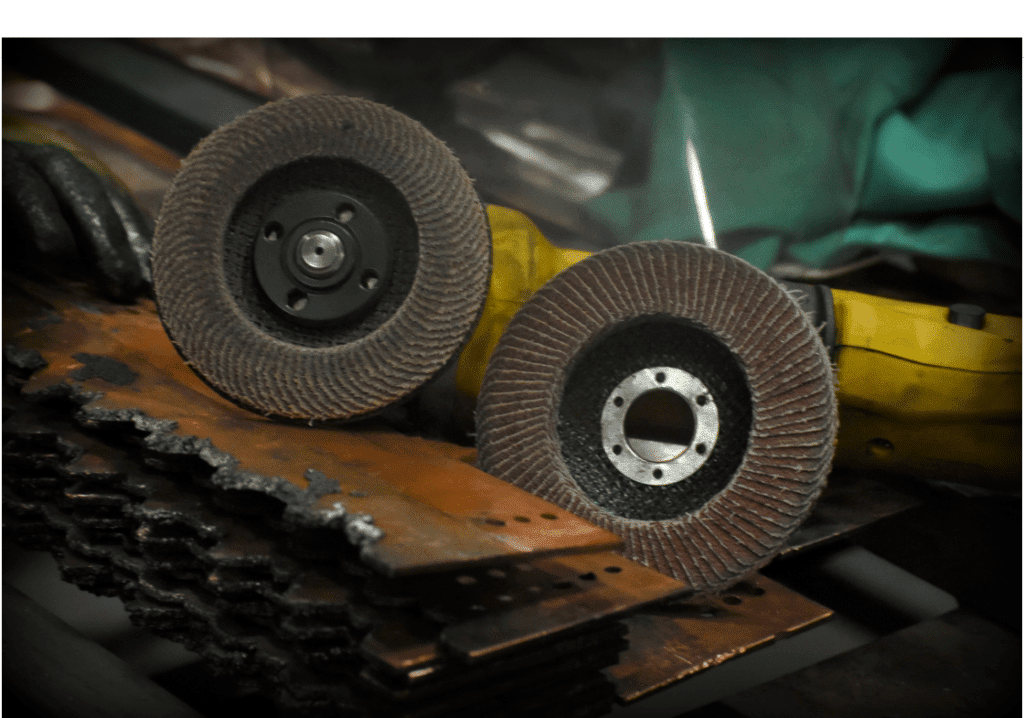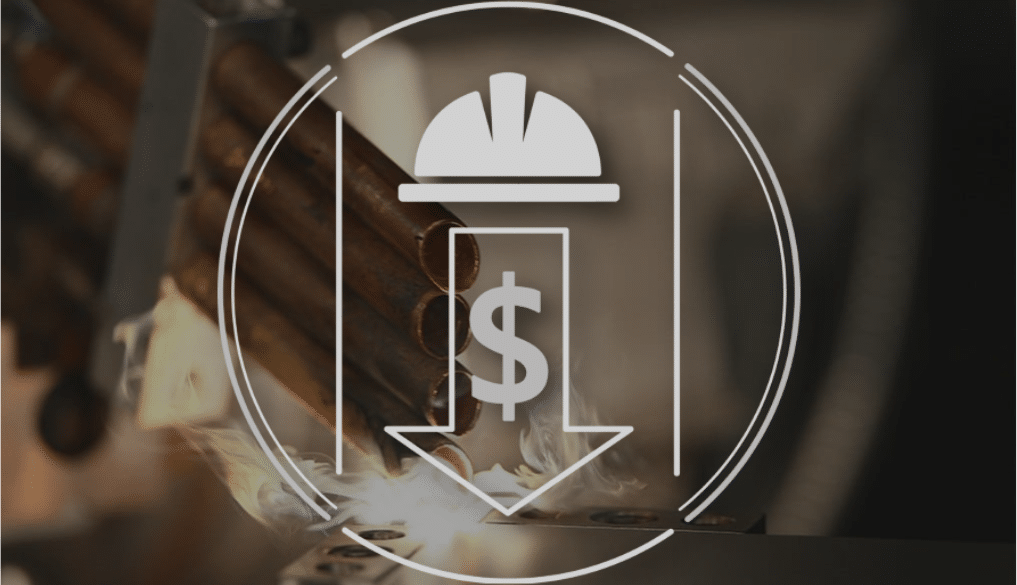The US closed out 2021 with 39-year high inflation rate of seven percent, and inflationary pressures are predicted to last well into the middle of 2022. We have seen price increases is almost everything from gas, to food, new and used vehicles, housing, apparel, and, most notably, raw materials used in most manufacturing sectors. To compensate for these rising prices, many OEMs are forced to either pass the costs on to their customers or look for cheaper alternatives. Estes offers one such cheaper alternative through our 3D laser welding processes.
Many customers are misled into thinking that laser welding is out of their price range. However, despite its superior results and use of advanced technology, laser welding is actually highly affordable, with prices comparable to—or lower than—manual welding when compared to the total process cost. Laser welding provides significant cost savings in several ways, including:
Reduction in Labor Costs
When performing a cost comparison between laser welding and traditional MIG/TIG welding processes, labor costs are typically the primary criteria used. During both MIG and TIG welding operations, residual spatter can—and often does—occur on the workpiece. In addition, both of these processes usually add filler metal to the weld joint. This excess material must be

removed, generally through grinding or similar finishing processes, before the part goes on to further processing operations or into use. By contrast, laser welding employs such a focused, brief application of heat that there is virtually no spatter or material buildup. This quality streamlines the manufacturing process for laser welded parts as the pieces do not need to undergo post-welding grinding or other finishing operations and can proceed directly to painting and/or assembly.
A Faster and More Efficient Process
Faster processing speeds are important to both reducing project lead-times and decreasing overall production costs. Laser welding is far quicker than alternative welding methods. For example, laser welding has proven to be:
- Up to 40 times faster than TIG welding
- Up to 10 times faster than MIG welding
By choosing to use the laser welding process for their welding projects, industry professionals can drastically cut lead-times and labor costs. The increase in processing speeds when using laser welding techniques is aided by the employment of advanced robotic technology. The robotic components support faster welding speeds (ranging from 70 to 160 inches per minute) as well as more precise and accurate weld locations. These qualities translate to quick and consistent results with an extremely low error rate.
For instance, one project with a 10” weld of 16 gauge cold rolled steel went from a total cost of $5.84 with traditional TIG welding to $0.96 with 3D laser welding.

Reduction in Supplies, Equipment, and Space
As previously discussed, both MIG and TIG welding processes use filler metal to facilitate the weld process or increase the size of the weld to span joint irregularities and complete the weld. The addition of the filler metal in a cosmetic setting usually requires the removal of some filler buildup to achieve the desired appearance of the weld joint. This post-weld cleanup process, as well as the equipment and supplies required for the removal of excess weld material, does not apply to the laser welding process because laser welds require little to no post-weld cleanup. These eliminated costs include:
post-weld cleanup. These eliminated costs include:
- Grinding quality costs – Grinding is a labor-intensive process and lack of experience in the grinding process can lead to over-grinding, which may require additional weld repair.
- Non-value added movement – Movement of a part from the weld cell, to a container, to the grinding booth, out of the container, and then back into the container after grinding is all non-value added movement that does not take place in the 3D laser welding process.
- Cost of supplies – The consumption of disposable grinding discs and pads are costs that typically fall into the “project materials” category and are not attributed to the actual cost of the individual part. However, if a job requires three disc changes per hour, the cost of the material can easily equal the basic hourly cost of labor.
- Clean-up – Grinding is also a dirty process that requires daily clean-up. Fifteen minutes a day of cleanup for one person, is equal to 1.5 weeks per year of non-value added time.
- Cost of equipment and space – Because grinding is such a dirty process, it usually requires a dedicated space on a shop floor with special air systems to properly collect and dispose of grinding dust. This is valuable shop floor space that can no longer be used for other value-added processes.
How will you put laser welding to work for your sheet metal applications?
Laser welds can be used in manufacturing metal furniture, shelving and cabinets, industrial and commercial appliances like ovens, refrigerator doors or washing machines, counters, trays, tubes and ducts, medical or other hermetic enclosures and even turbine parts. At Estes, our engineers work closely with customers to develop a customized production plan with optimized time and cost requirements. One of our dedicated engineers is ready to talk to you about how 3D laser welding can help you be more competitive and increase your profits. Contact us today to learn more!







